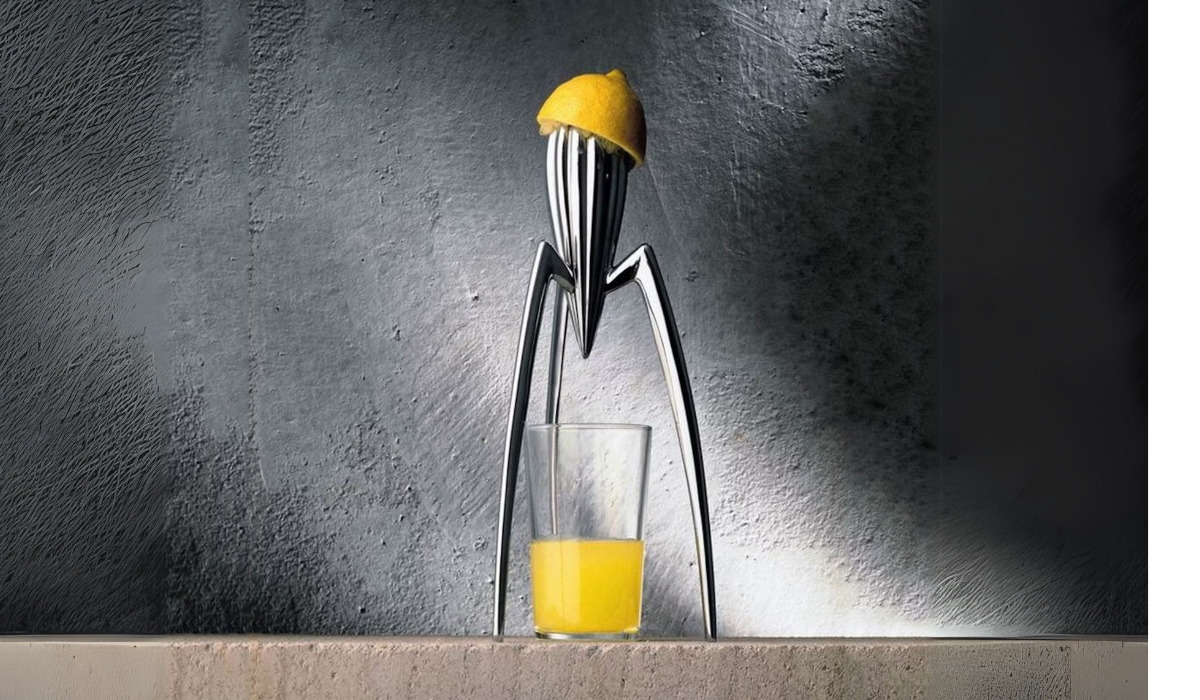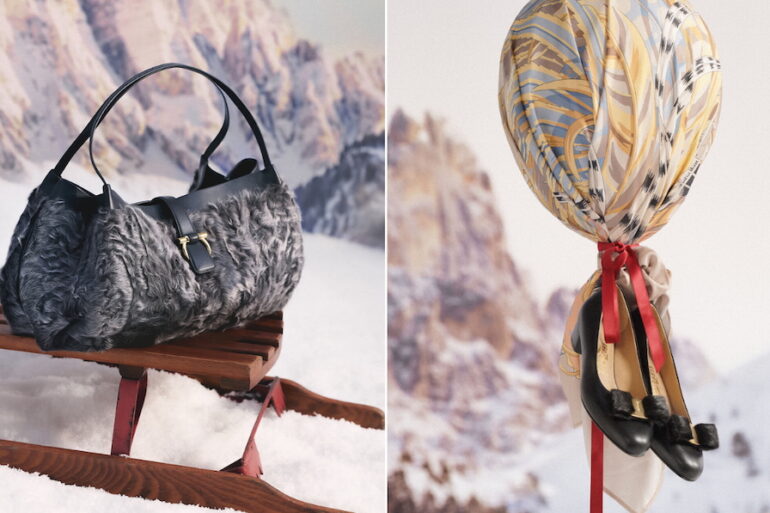Philippe Starck’s Juicy Salif turns 35 in 2025—and its once-futuristic form has finally caught up with the times.
For many years, people were perplexed by French designer Philippe Starck‘s Juicy Salif. It looked like nothing they had in their homes before, much less in their kitchen drawers. Was it a kitchen tool? A piece of modern art? (It’s certainly prettier than a banana duct-taped to a wall.)
While the classic utilitarian juicer was usually made of plastic or silicone, Starck created one as an alien-like object with spindly legs forming a tripod to stabilize it while in use. The top or dome tapered to hold half a citrus and was crafted from cast aluminum with a polished finish.
Launched in 1990 for Alessi, it became an instant design icon. Starck was also widely praised (and criticized) for disrupting two industries: kitchenware and industrial design. The French designer challenged the notion that form must follow function by reimagining the citrus juicer as an avant-garde piece of art, liberating industrial designers from the constraints of traditional design philosophy.
Design critics were quick to ask: Can it actually squeeze the juice out of a lemon? Nobody cared that it barely could, least of all Starck, who famously and unapologetically said, “It’s not meant to squeeze lemons, but to make you dream.”
And that’s how people saw the Juicy Salif in its early years: too pretty to be used only as a juicer. So they displayed it everywhere but the kitchen. In a sleek, modern kitchen, sure, but in those years when I was working for a newspaper and writing about people’s homes, I saw it on their desks, on their bookshelves, on coffee and end tables.
It was a conversation piece and a hot topic for debate. Design critics were quick to ask: Can it actually squeeze the juice out of a lemon? Nobody cared that it barely could, least of all Starck, who famously and unapologetically said, “It’s not meant to squeeze lemons, but to make you dream.”
This year, the Juicy Salif turns 35, and its once-futuristic form has finally caught up with the times now that we have driverless cars, AI broadcasters, and apps that can replicate real people’s features and voices. It’s also been decades since it took its place in modern museums, alongside the Swiss Army Knife (1897), Ludwig Mies van der Rohe and Lilly Reic’s Barcelona Chair (1929), the Vespa Scooter (1946) and Charles and Ray Eames’ Lounge Chair and Ottoman (1956). The iPod, another design disruptor that would influence the form of today’s smartphones, joined in 2001.
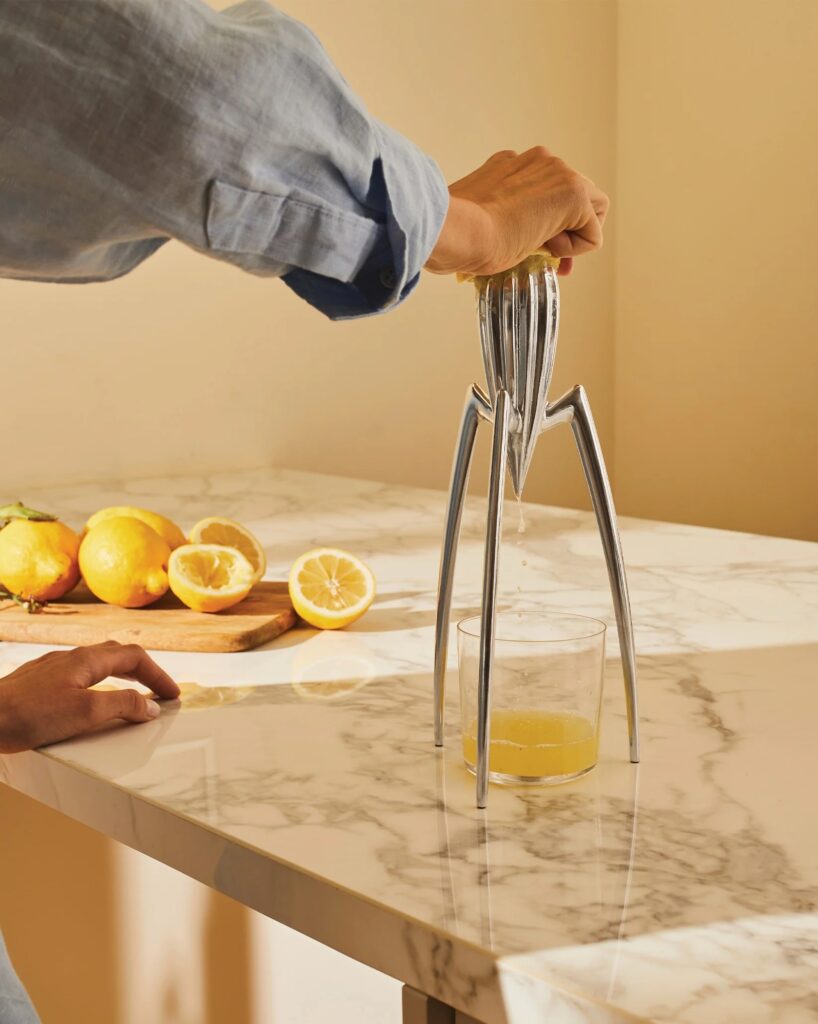








The Juicy Salif is among the “icons for design fans” identified by Ambiente, one of the world’s leading trade fairs focused on consumer goods. A global leader in trade show management, Messe Frankfurt has been organizing Ambiente for over 70 years, an event renowned for showcasing the latest trends, innovations, and products across various categories, making it a significant event for professionals in design, retail, and manufacturing. The Philippines is sending a delegation of manufacturers to showcase products proudly made in the country.
Many products make their debut or are awarded for their design at Ambiente, which takes place this year from February 7 to 11. Who knows, tomorrow’s next big thing might just make its debut this year. Apart from Starck’s Juicy Salif, here are some design icons you must finally get your hands on this year.
Related story: Best design moments of 2024
Related story: Riding the future (or how I finally decided to hail a robotaxi)
Related story: First artwork by AI robot sells for $1 million at New York auction
Bimble and Bumble by Hoptimist



Bimble and Bumble are part of the bigger Hoptimist collection launched in 1968, a hallmark of Danish design and craftsmanship. They are often used as decorative pieces, gifts, or symbols of positivity, fitting into both modern and retro interior styles. Their timeless appeal has made them beloved by collectors and design enthusiasts worldwide.
Classic SD by Victorinox



Real outdoor people never leave home without one. The Classic SD by Victorinox is one of the most iconic and widely recognized Swiss Army Knives ever produced. Measuring only 2.28 inches, its compact size, practicality, and timeless design have been “helping to solve many everyday problems for over a century.” Its tools are a small blade, scissors, nail file with screwdriver tip, toothpick, tweezers and key ring.
The Bag by Koziol
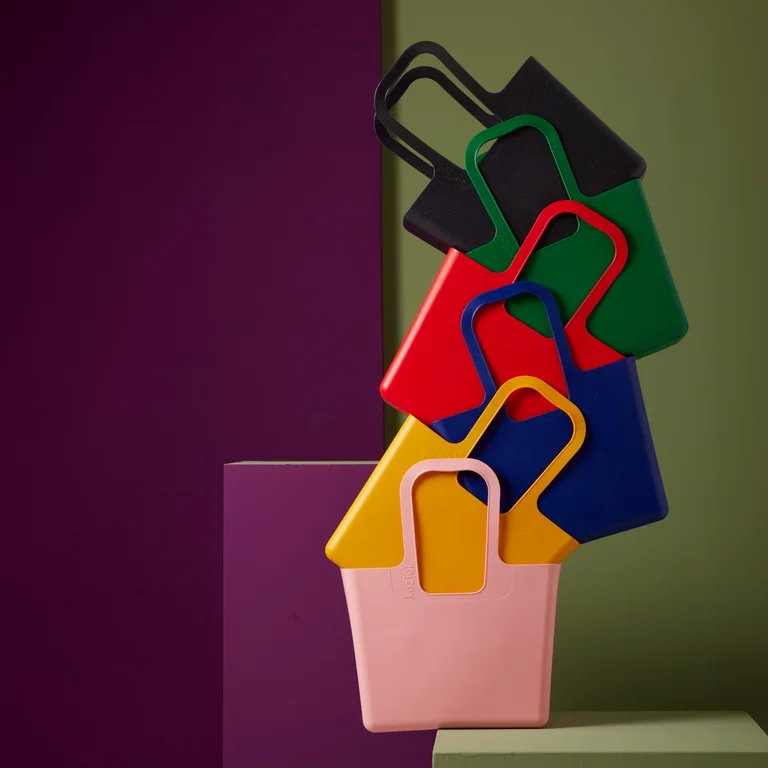


A study in minimalism, The Bag by Koziol is a modern and stylish multipurpose tote designed for functionality and sustainability. Produced by Koziol, a renowned German brand known for its eco-friendly and innovative household products, The Bag exemplifies minimalistic design combined with practical versatility, and is made from biocircular material. “For 25 years, it has been a practical companion for shopping at the market or a spontaneous picnic in the park,” Ambiente notes.
Zester Grater by Microplane
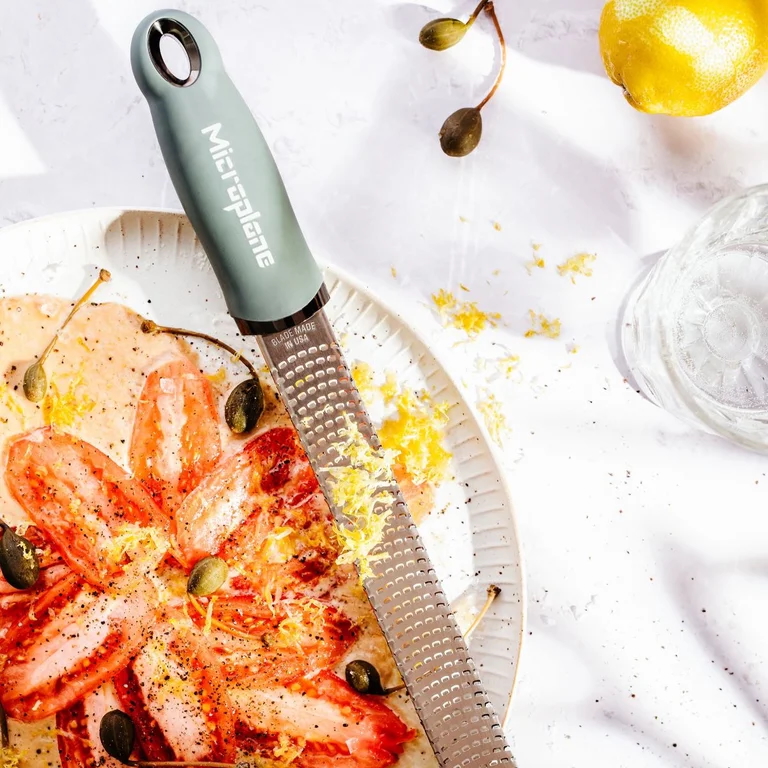


Is it a zester or is it a grater? It’s both! In 1994, a Canadian homemaker repurposed her husband’s woodworking rasp for zesting an orange. It was so effective that it inspired the creation of the Zester Grater by Microplane, a company renowned for precision tools in both the culinary and woodworking industries. “Thanks to its photo-etched, razor-sharp stainless steel blade, the Microplane zester grater has been the epitome of perfect grating for 30 years. It is not only the favorite tool of many chefs worldwide, but also ‘forever young’ with its numerous handle colors.”
Table peppermill by Peugeot Saveurs



The peppermill you’re using today is most probably a “baby” of a design launched more than 150 years ago. In 1874, Peugeot presented its first table peppermill with the “Z” model. Peugeot’s pepper mills feature a patented two-stage grinding system made from high-quality, hardened stainless steel. The mechanism cracks the pepper first and then grinds it to the desired coarseness for maximum flavor and aroma. To mark its 150th birthday, it has now been reissued as the “1874” anniversary edition. It’s incredible how it delivers consistent and precise results.
Related story: Jar Concengco believes that good design will save the world
Related story: The rise of men in the interior design profession
Related story: The rise of quiet luxury in Philippine architecture
Hotpan by Kuhn Rikon
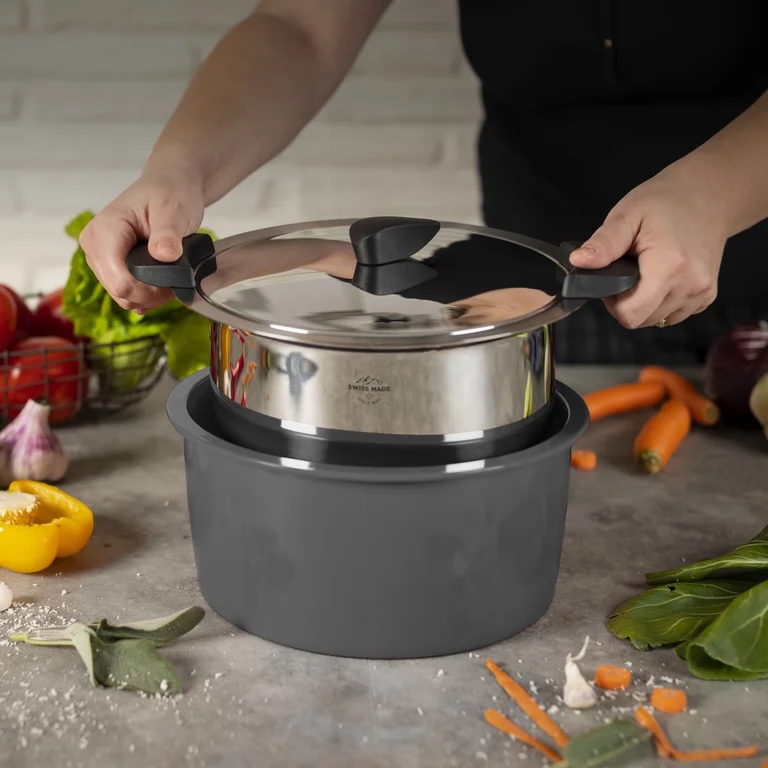


The Swiss are known for innovation and precision—two characteristics that the family-owned Kuhn Rikon applies in its cookware and kitchen tools. Their products are designed and manufactured with precision and craftsmanship in Switzerland, reflecting the country’s reputation for engineering excellence. Designed to simplify cooking and maximize energy efficiency, the Hotpan—released in 2006—embodies their commitment to functionality, durability, and sustainable cooking solutions. It features a unique double-walled construction with a stainless-steel inner pot and an insulating outer shell to help retain heat and enable soft cooking, where food continues to cook off the stovetop using retained heat.

